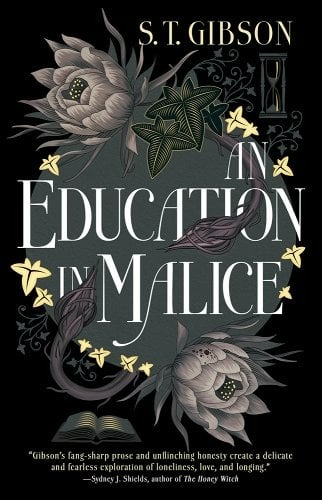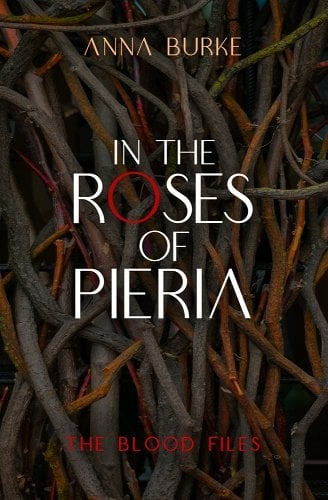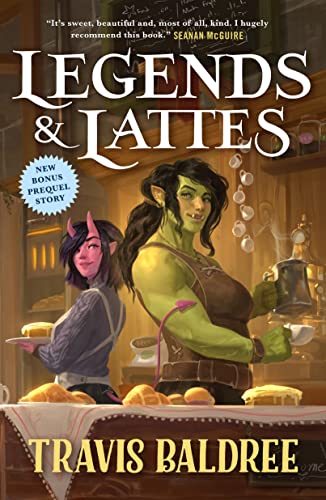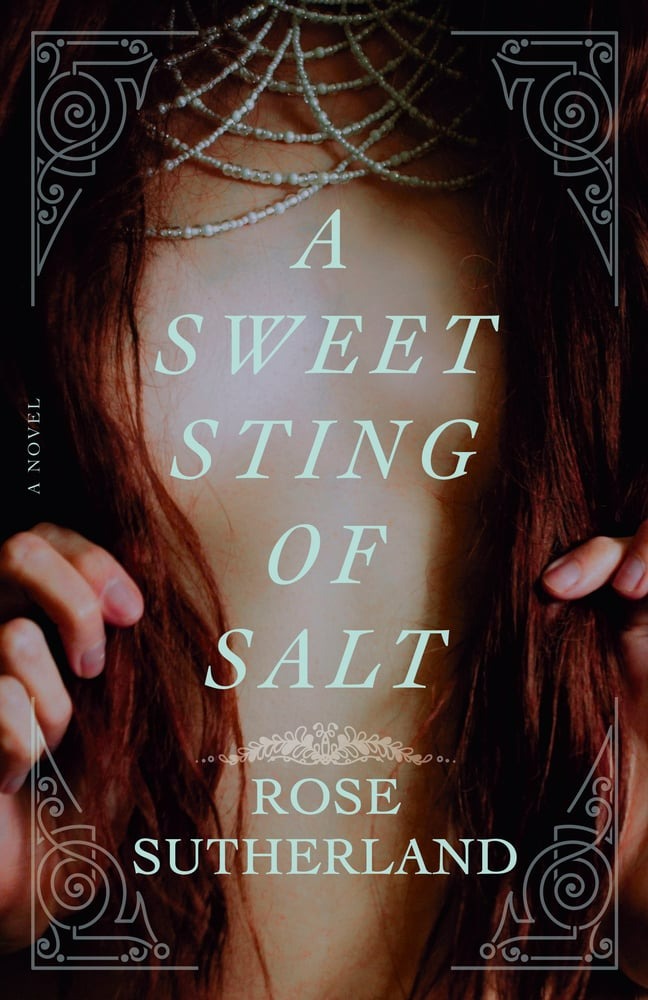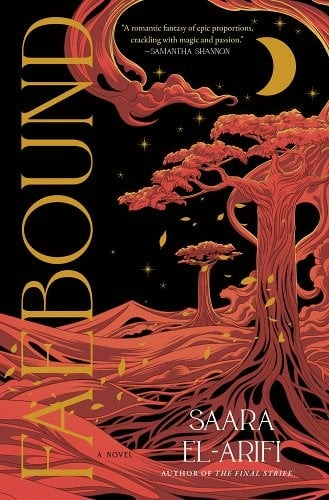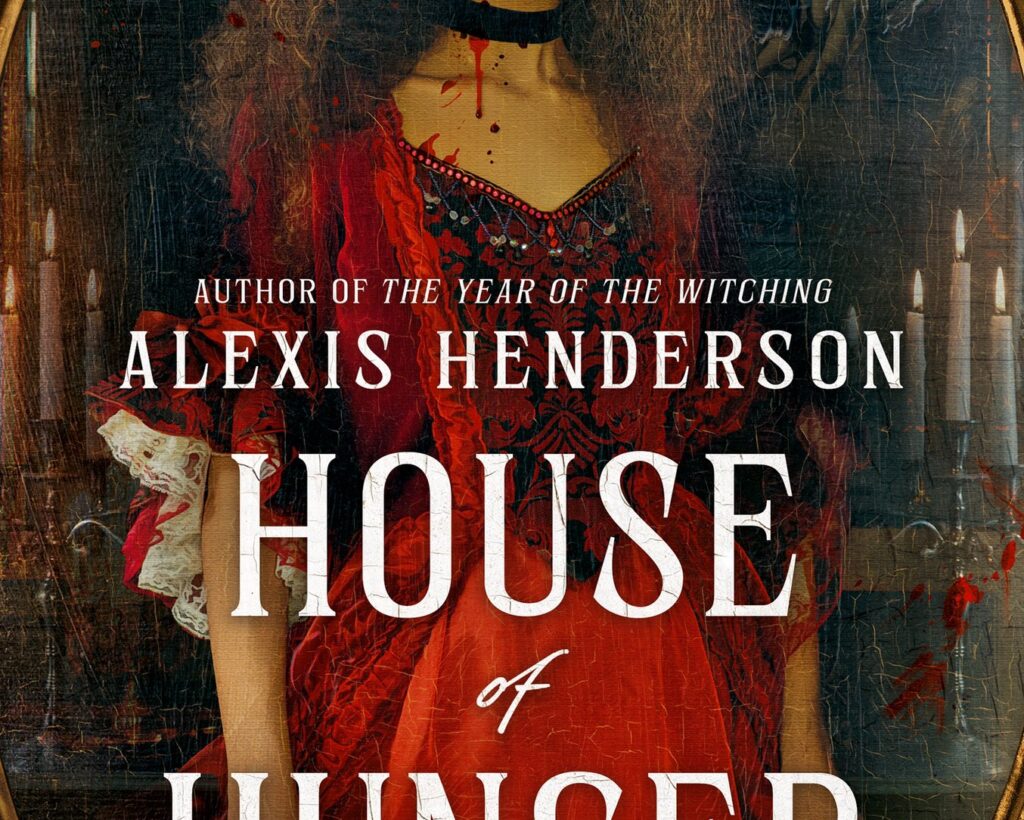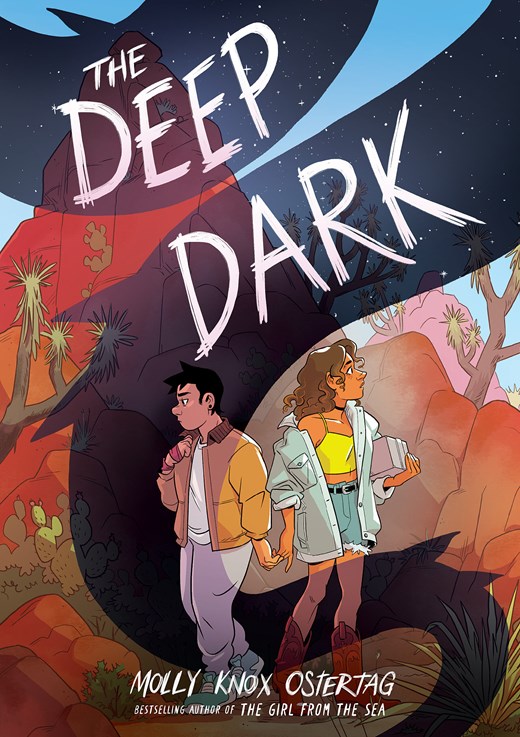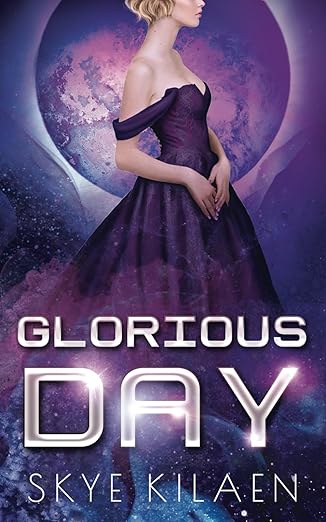Like many queer women, I’m sure, I have a strange relationship with the original Carmilla. On the one hand, sapphic vampires are objectively sexy. On the other hand, the way the danger she poses is framed as inextricably linked to her queerness (and her foreignness) is, well, unpleasant, to say the least. I always say thatRead More
5 Sapphic Vampire Books that are Perfect for Spooky Season!
One thing that you need to know about me is that I love vampires! Whether it’s Buffy the Vampire Slayer, Twilight, Interview with the Vampire, or What We Do in the Shadows, if a piece of media has vampires in it, then I want to consume it. Because of this, I figured that discussing someRead More
Dark Academia Ft. Sapphic Longing: In the Roses of Pieria by Anna Burke
Before we embark on our journey, a disclaimer: Anna Burke is a former professor and a friend, which is why I hesitated to write about In the Roses of Pieria. But who am I to second guess optics, and why should I let that get in the way of sharing one of my favorite moody OctoberRead More
Sapphic Romance and Found Family in a Magical Cafe: Legends & Lattes by Travis Baldree
This was so cosy and heartwarming to read. I’ve been trying to get into the fantasy genre, and for those of us who want to ease into the genre slowly and gently, I’d recommend you pick this book up. The book commences with Viv, who has left behind a past full of blood, fighting, andRead More
Lush, Atmospheric Queer Historical Fiction: A Sweet Sting of Salt by Rose Sutherland
A lush, atmospheric queer historical fiction for fans of Portrait of a Lady on Fire and The Birth House, Rose Sutherland’s A Sweet Sting of Salt (Dell 2024) is the perfect read to cozy up with this fall. Sutherland’s queer retelling of the folktale The Selkie Wife follows Jean, a midwife in a Nova Scotia village who is as renowned for herRead More
Queernorm Romantasy: Faebound by Saara El-Arifi
Yeeran is a warrior in the elven army and has known nothing but violence her whole life. Her sister, Lettle, is trying to make a living as a diviner, seeking prophecies of a better future. When a fatal mistake leads to Yeeran’s exile from the Elven lands, they are both forced into the terrifying wildernessRead More
A Sapphic Gothic Dripping in Blood: House of Hunger by Alexis Henderson
House of Hunger by Alexis Henderson is a gothic novel that follows Marion Shaw, a girl from the South slums of Prane who moves above her station when she becomes the newest bloodmaid for a countess in the North. Marion has lived alone with her sick brother Raul for years, and every day is more ofRead More
The Queer Graphic Novel That Had Me Sobbing at 3 A.M.: The Deep Dark by Molly Knox Ostertag
Buy this from Bookshop.org to support local bookstores and the Lesbrary! You’re all fired for not tell me how good this is. I liked The Girl From the Sea, so I put a hold on Ostertag’s newest sapphic graphic novel, but I hadn’t heard anything about it, so I my expectations were pretty grounded. IRead More
When Duty and Love Conflict and Coincide: 3 Sapphic Bodyguard Romances
There are few dynamics more swoon-worthy to me than a bodyguard romance: all of the pining of star-crossed lovers constantly at each other’s side, intense trust and protection, and often some sort of courtly intrigue. To make this sort of relationship work, the characters must be achingly careful and ultimately go through a drastic statusRead More
Queer Cozy Fantasy with Magical Animal Shenanigans: The Phoenix Keeper by S.A. MacLean
Buy this from Bookshop.org to support local bookstores and the Lesbrary! I’m animal lover who’s always looking for more cozy queer fantasy, so this book seemed tailor made for me. It follows Aila, a phoenix keeper at a magical zoo who is trying to restart their phoenix breeding program to help bring the phoenixes backRead More
- 1
- 2
- 3
- …
- 29
- Next Page »
